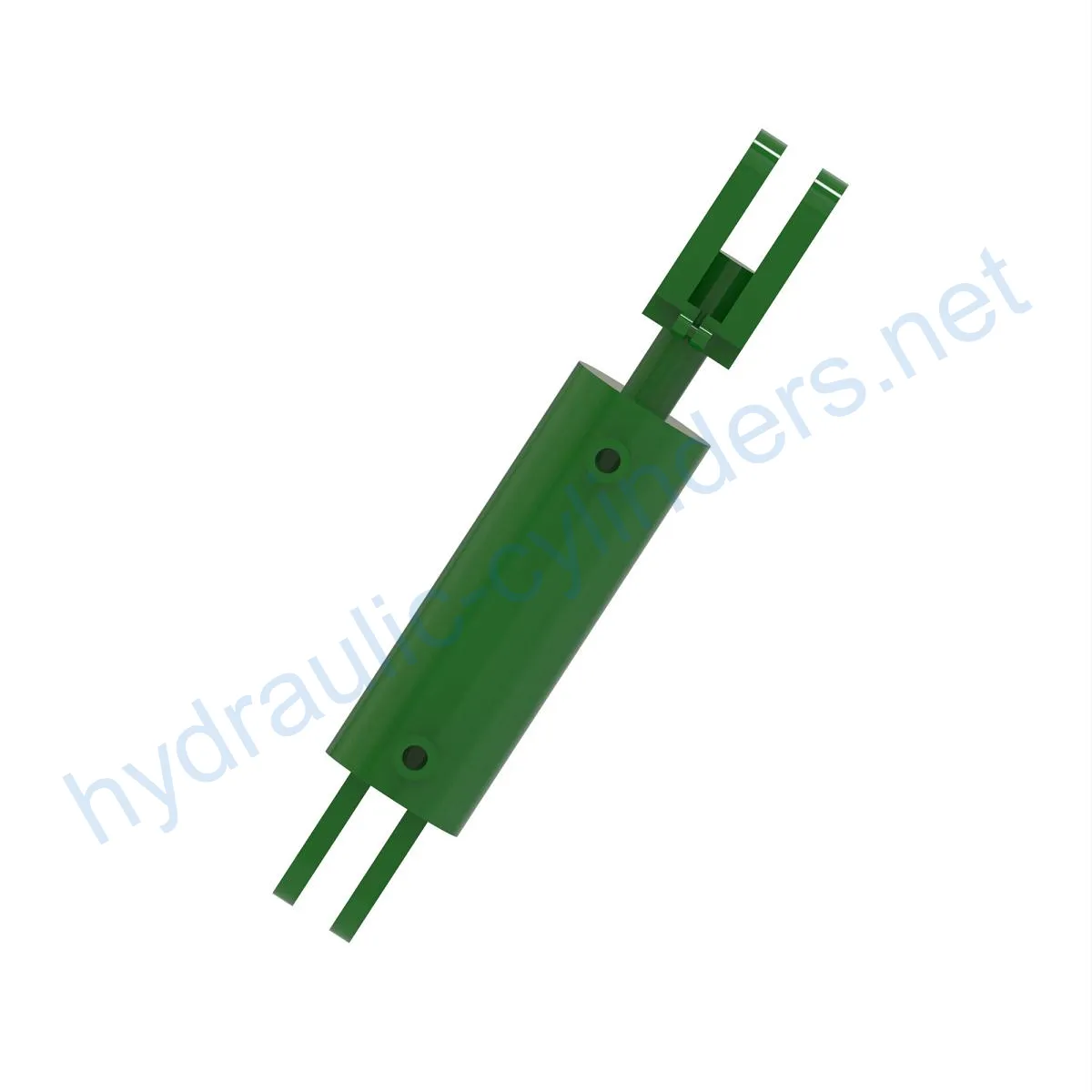Replacement Of AHC22085 Hydraulic Cylinder
Като един от производителите, доставчиците и износителите на хидравлични цилиндри, ние предлагаме хидравлични цилиндри и много други продукти.
Моля, свържете се с нас за подробности.
Поща:sales@hydraulic-cylinders.net
Производител, доставчик и износител на хидравлични цилиндри.
Replacement Of AHC22085 Hydraulic Cylinder
Introduction:
The Replacement Of AHC22085 Hydraulic Cylinder is a vital component used in various industrial applications. This hydraulic cylinder plays a crucial role in the proper functioning and performance of equipment. It serves as a reliable replacement for damaged or worn-out hydraulic cylinders, ensuring optimal performance in diverse applications.
Specifications and Model:
- Weight: 28.55 lb
- Height: 4.2 in
- Width: 5.5 in
- Length: 23 in
- Model: 800R F4365
Key Features:
- Improved Equipment Performance: Replacing damaged or worn-out hydraulic cylinders restores the normal operational capability of equipment, ensuring optimal performance in various applications.
- Enhanced Safety: Regular replacement of hydraulic cylinders reduces safety hazards caused by cylinder failures, ensuring the safety of operators and equipment.
- Overload Protection: Modern cylinder designs often incorporate better overload protection mechanisms, enhancing safety during operation.
- Quick Installation: The design of modern hydraulic cylinders takes into account ease of installation and replacement, minimizing downtime.
- Standardized Components: Many hydraulic cylinders are standardized products, facilitating the acquisition of replacement parts in the market.
Applications:
- Excavators: Hydraulic cylinders in excavator arms or buckets may get damaged due to prolonged use or overload, necessitating replacement for normal operation.
- Cranes: Hydraulic cylinders in crane lifting arms are prone to wear and tear during frequent lifting and lowering processes, requiring regular replacement for safety.
- Tractors: Hydraulic cylinders in front-end loader attachments of tractors may develop leaks or performance degradation during continuous lifting and tilting operations, requiring replacement.
- Harvesters: Hydraulic cylinders in harvesters’ hydraulic systems endure high pressures and may fatigue, necessitating timely replacement to maintain operational efficiency.
- Automated Production Lines: Hydraulic cylinders are used to control robotic arms and other automated equipment. Cylinder failure can significantly impact production efficiency, demanding immediate replacement.
- Die Casting Machines: In high-pressure and high-temperature environments, hydraulic cylinders in die casting machines may experience performance degradation. Regular replacement ensures product quality.
- Mining Equipment: Hydraulic cylinders in mining equipment are used for lifting and moving heavy loads. Due to harsh working conditions, regular inspection and replacement are necessary to prevent equipment failures.
- Bulldozers: Worn-out hydraulic cylinders in bulldozer blade arms can lead to a decrease in pushing capability. Timely replacement is essential to maintain efficient operation.
Maintenance Tasks:
- Regular Inspection: Periodically inspect the hydraulic cylinder for any signs of damage or wear.
- Proper Lubrication: Ensure appropriate lubrication of the cylinder to maintain smooth operation and prevent premature failure.
- Seal Replacement and Calibration Check: Replace seals as needed and perform calibration checks to ensure optimal performance.
Safety Considerations and Environmental Factors:
When using hydraulic cylinders, it is crucial to adhere to safety measures to prevent accidents and injuries. Additionally, considering environmental factors is important to minimize any negative impact on the surroundings.
Fault Diagnosis and Common Issues:
- Leakage: Seals or connections may experience leaks, resulting in decreased performance.
- Slow Operation: Internal friction or insufficient lubrication can cause slow or uneven cylinder movement.
- Noise and Vibration: Excessive noise and vibration may indicate issues with the cylinder’s internal components.
- Seal Failure: Seal degradation can lead to fluid leaks and reduced cylinder performance.
- Cylinder Drift: Unintended cylinder movement or drift may occur due to internal valve malfunctions or contamination.
Troubleshooting and Preventive Measures:
To diagnose and resolve problems effectively, consider the following:
- Refer to the manufacturer’s guidelines for troubleshooting and resolving common hydraulic cylinder issues.
- Provide tips for diagnosing problems and suggest appropriate solutions.
- Offer preventive measures to minimize potential issues.

Design Considerations and Selection Criteria:
When choosing a hydraulic cylinder, various design considerations and selection criteria should be taken into account:
- Bearing Capacity: Determine the cylinder’s load-bearing capacity to ensure compatibility with the intended application.
- Sealing: Consider the use of appropriate seals, such as piston seals and rod seals, made of wear-resistant materials like polyurethane or nitrile rubber.
- Durability: Opt for cylinders with finely treated cylinder bodies and threaded ends to improve wear resistance.
- Safety: Prioritize cylinders designed with safety features to prevent accidents during operation.
- Maintainability: Choose cylinders that are easy to maintain and repair, including availability of replacement parts and rebuilding services to extend their lifespan.
Sealing and Lubrication:
To ensure optimal performance and longevity, the hydraulic cylinder should utilize various sealing techniques:
- Usage of different seals, such as piston seals and rod seals, employing wear-resistant materials like polyurethane and nitrile rubber.
- Proper surface treatment of cylinder bodies and threaded ends to enhance wear resistance.
- Regular lubrication with an appropriate amount of hydraulic oil to ensure smooth operation and prevent premature wear.
Regular Inspection and Preventive Maintenance:
- Emphasize the importance of regular inspections to identify potential issues early.
- Highlight the significance of proper installation, lubrication, and adjustment.
- Provide guidance on correctly aligning the cylinder during installation and recommend the use of suitable mounting brackets for secure fixation.
- Recommend inspection, repair, and replacement procedures.
- Offer tips to extend the lifespan of the hydraulic cylinder through effective keyword usage.
Safety Considerations and Environmental Factors:
Explain the importance of safety measures when working with hydraulic cylinders and consider the environmental impact of their usage.
Fault Diagnosis and Common Issues:
Discuss common problems that may occur with hydraulic cylinders and provide tips and solutions for effective troubleshooting and problem resolution. Propose preventive measures to minimize potential issues.
Take a Tour of Our VR Factory:
Take a tour of our VR factory with the following
Hydraulic Cylinder Application:


